8 items you should never pack when moving home – leave these in the past to save time, energy, and money
They’re a waste of space and expense, experts say
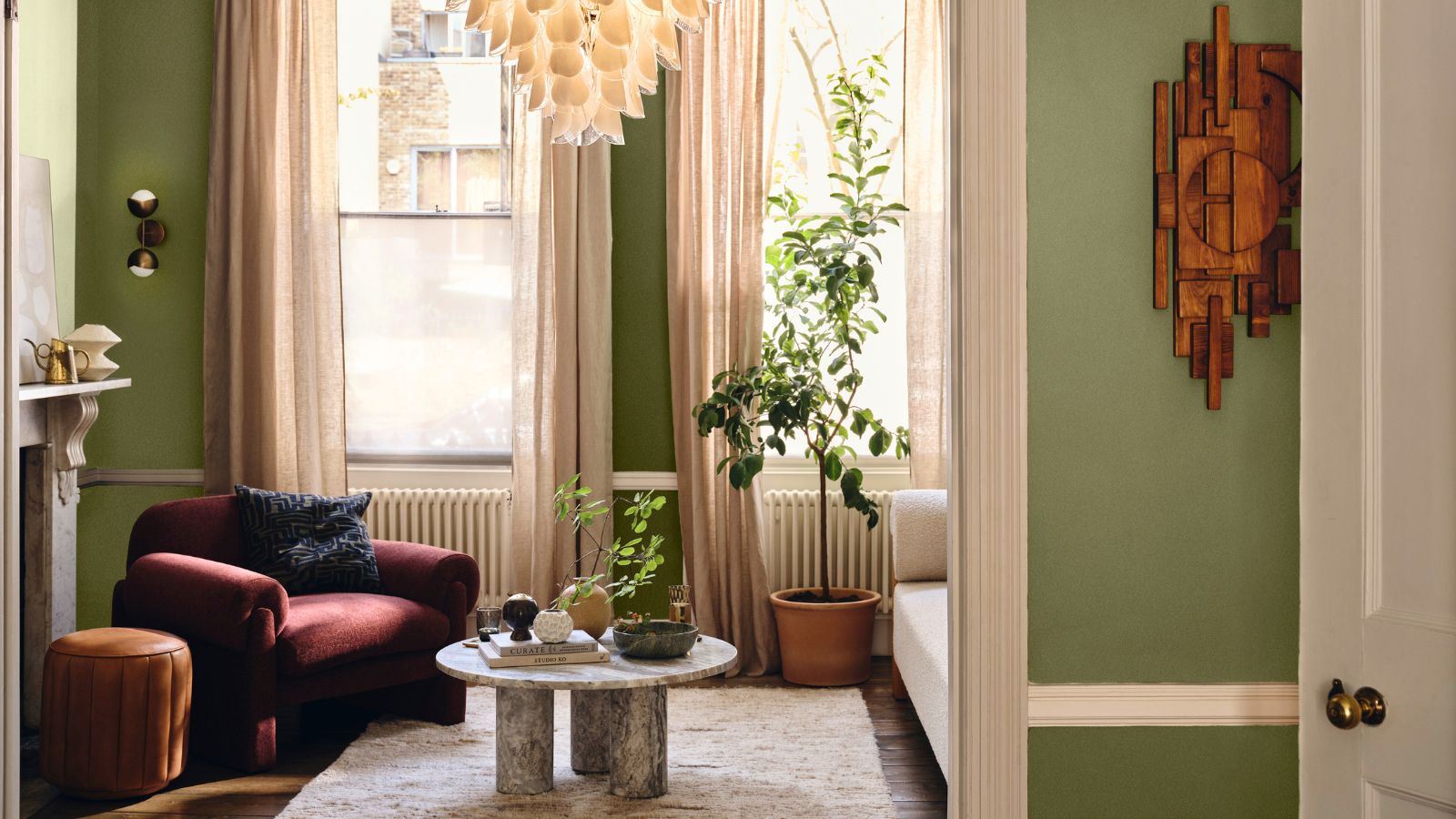

Packing to move home is one of the most stressful parts of anyone's life – so why not make it a little bit easier by leaving these items you should never pack when moving house behind?
Professional home organizers say that these eight items, including paint and window coverings, are costing you valuable time, energy, and packing space, and omitting them could save you big money on moving fees.
Next time, leave these off your moving home checklist and learn what to do with them to save space and money instead.
Items you should never pack when moving home
1. Open products
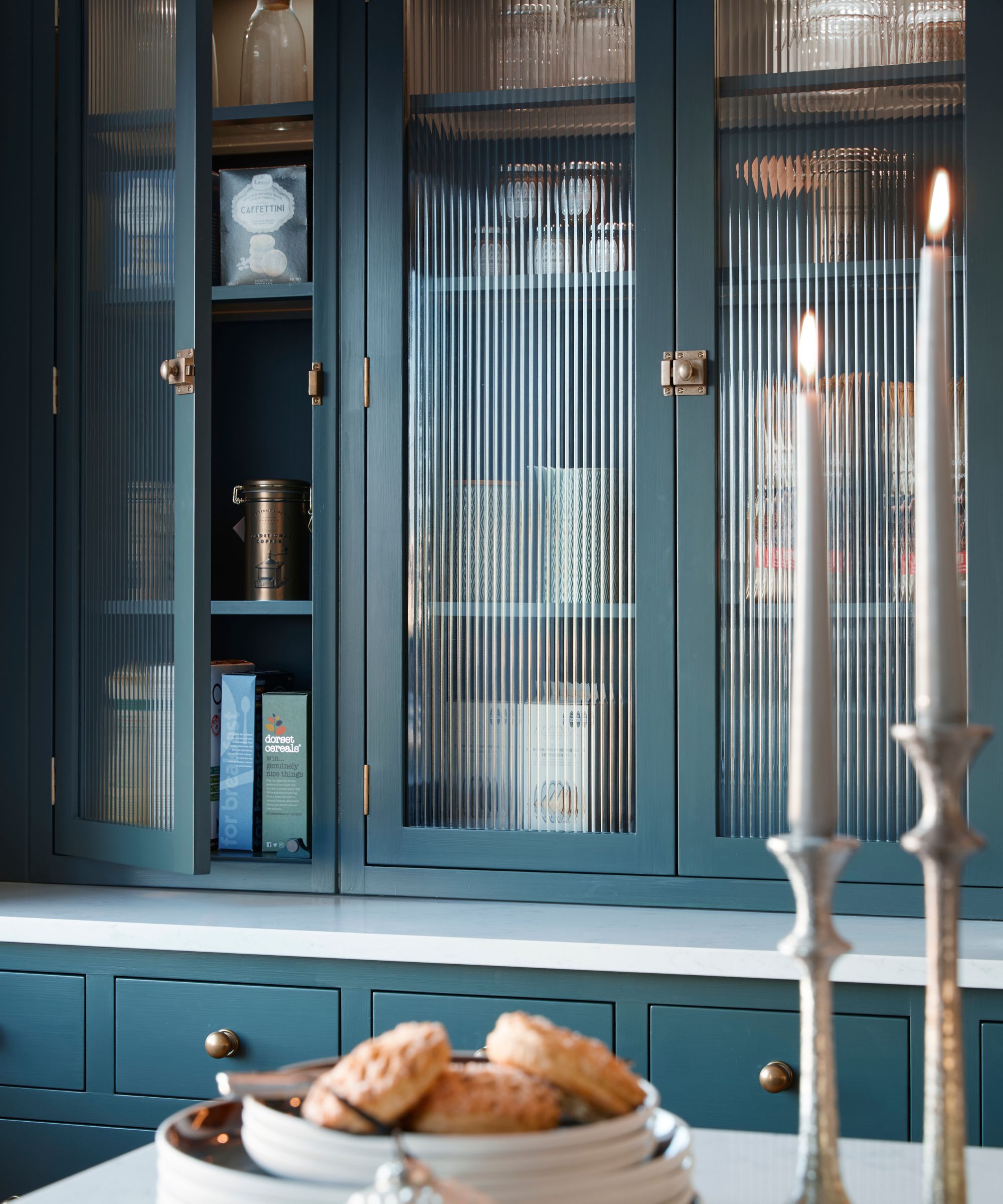
Half-used packets of food you will not use before the move should not be taken with you.
Unless you are planning to use open food as a car snack on the way to a new home, Audra George, professional home organizer and founder of Pretty Neat Oklahoma, says, ‘Eat it, toss it, or donate it before you move. Start fresh. If the food is already open, it is not worth trying to salvage it in your new home. Make a grocery list of necessary items and move on.’
If you are taking some open snacks, secure them with packet clips from Target, to prevent spills, or better yet, vacuum containers from Walmart, to keep them fresh.
The same goes for any other open, nearly-empty products around your home, Carroll Cartwright, expert home organizer and founder of Houston-based Neatly & Co., adds. They are one of the common places people forget to declutter before moving.
‘Do not pack half-used cotton balls, Q-tips, or shampoo bottles. In the weeks leading up to the move, gather anything that’s nearly empty and use it up. You don’t want to pay someone to pack, move, and unpack a few cotton swabs or miscellaneous items.’
Design expertise in your inbox – from inspiring decorating ideas and beautiful celebrity homes to practical gardening advice and shopping round-ups.
2. Plants
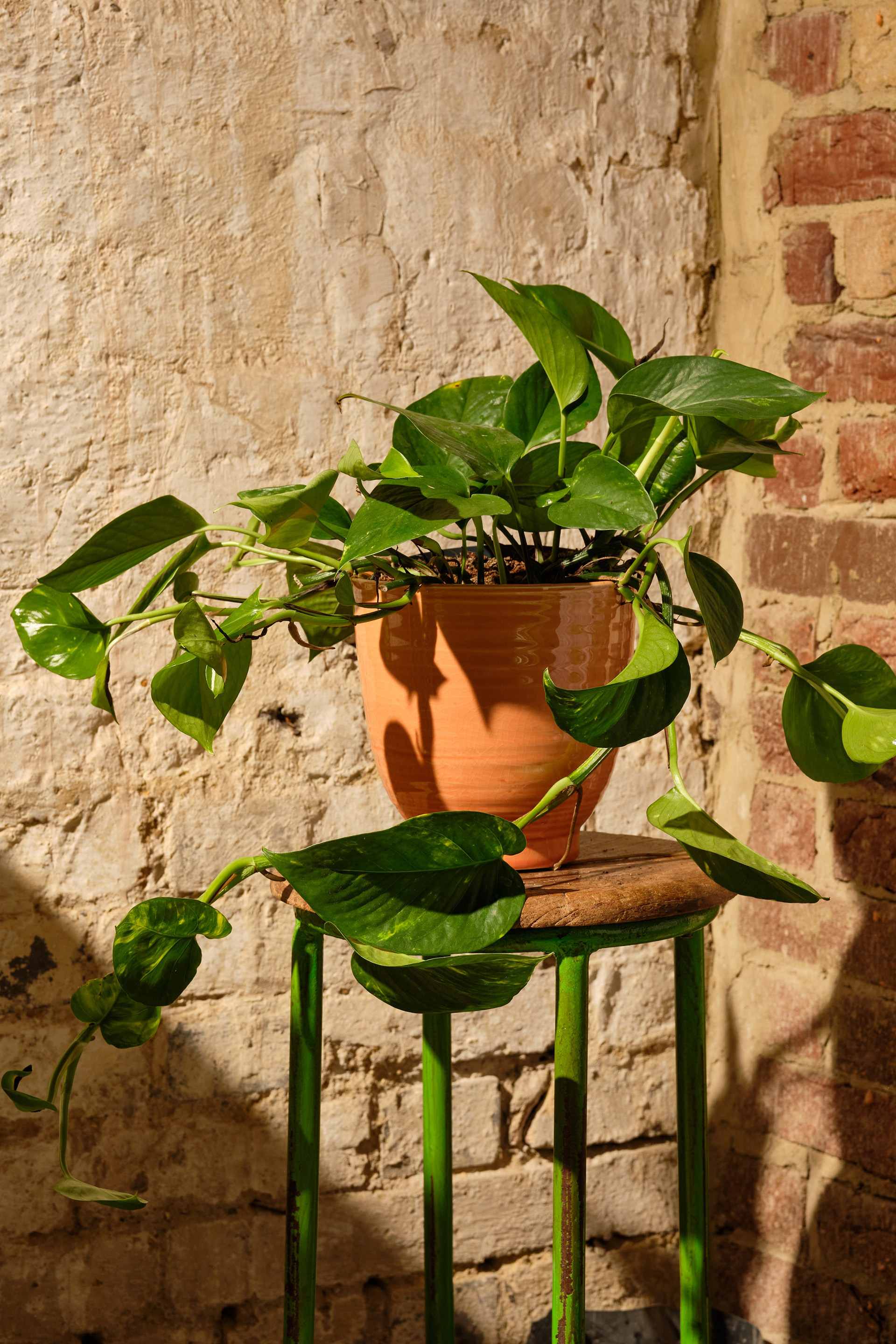
Houseplants can be difficult and expensive to move.
To some plant parents, this might sound sacrilegious, but moving with houseplants can be tricky at the best of times. As a result, Audra suggests, ‘If you are moving nearby, then hand carry your beloved plants. Otherwise, give them to a neighbor. Plants traveling in a moving truck are difficult to pack and keep safe. They are most likely going to be damaged in the moving process.’
If you are moving some houseplants, opt for an extra-strong cardboard box, available from Walmart, and line it with a heavy-duty trash bag (also from Walmart) to prevent soil spills and water leaks.
3. Paint
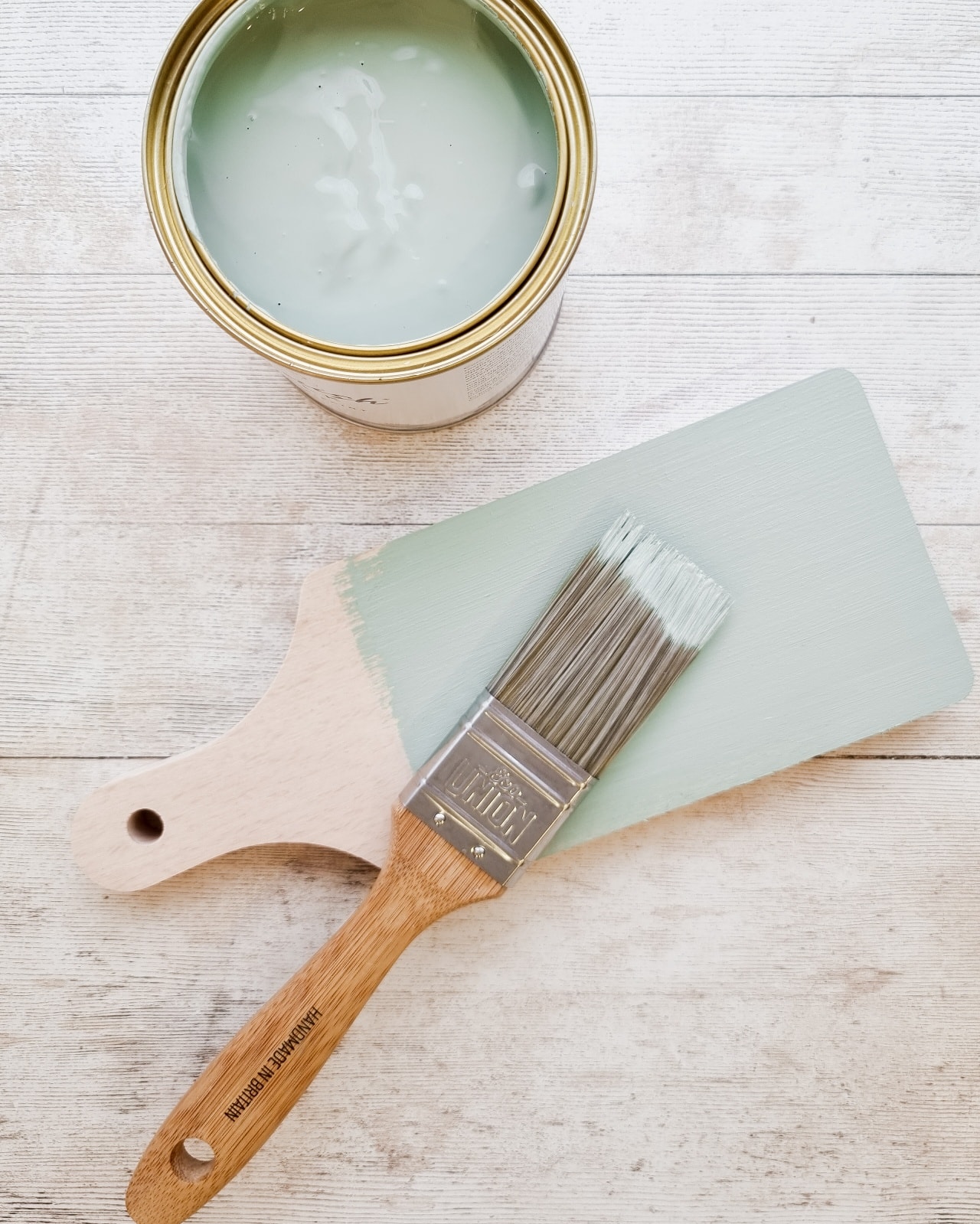
Dispose of half-used paint correctly to avoid fines.
One of the biggest questions to ask yourself before moving house is how you envisage decorating the new space. However, that does not mean you should get ahead of yourself and start amassing supplies before the move date.
Carroll says, ‘Hopefully no one is packing paint! It’s heavy, messy, and rarely gets reused in a new space. Most cities have drop-off sites for proper disposal.’
4. Your junk drawer
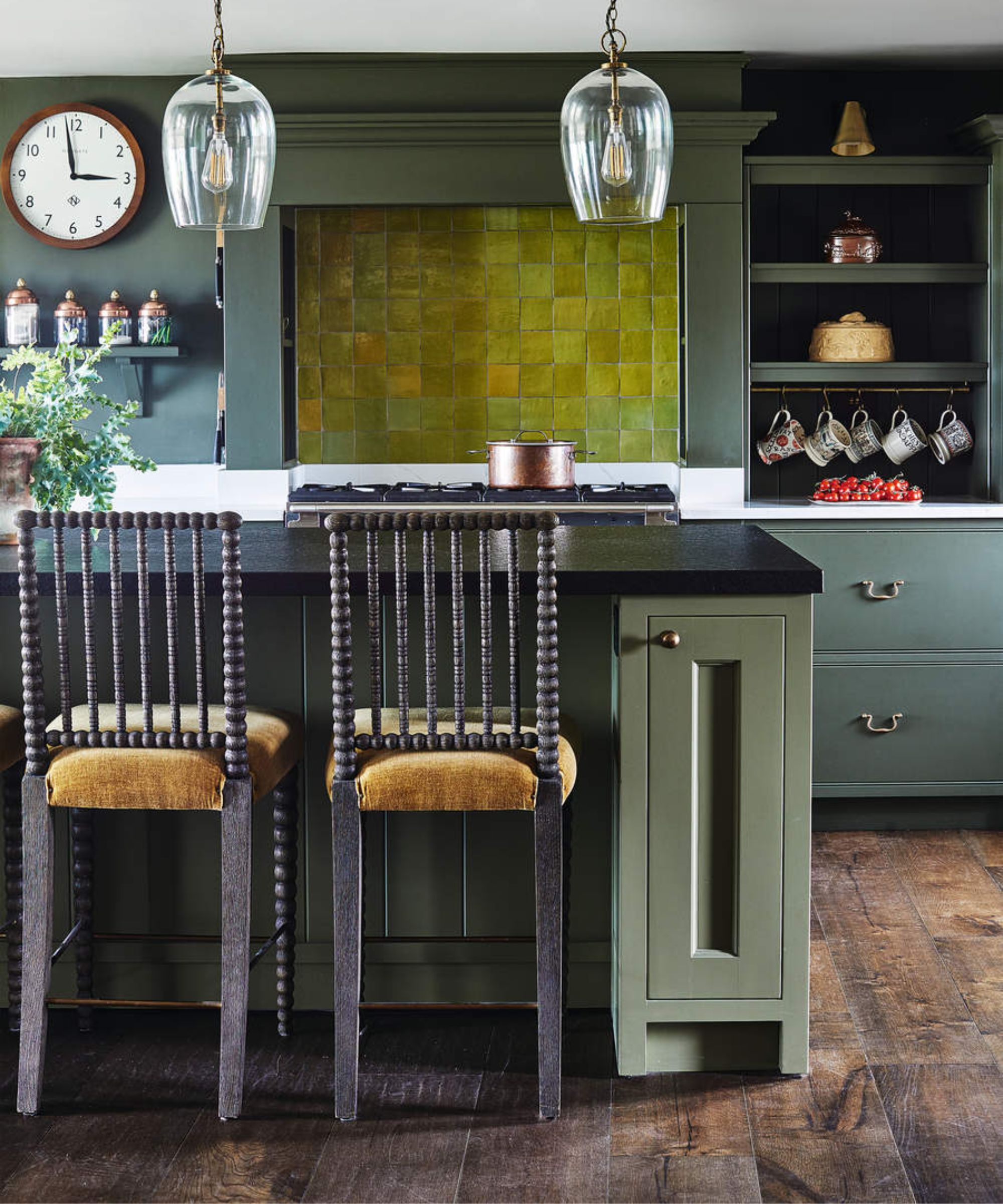
Junk drawers should be decluttered and not reintroduced to your new home.
There are several items you should get rid of from your junk drawer, and Dr. Regina Lark, home organizing and productivity expert, suggests tackling them before you pack for a move. ‘Don’t pack your junk drawer (although, if it’s junk, why put it in a drawer?). Be thoughtful about where the random things in this drawer will live in the new place.’
For those essential items you should keep in your junk drawer, such as scissors, batteries, and flashlights, pack them into a secure plastic storage bin with a latch lid, from Target, to keep them together and easily accessible when you first arrive at your new home.
5. Clutter
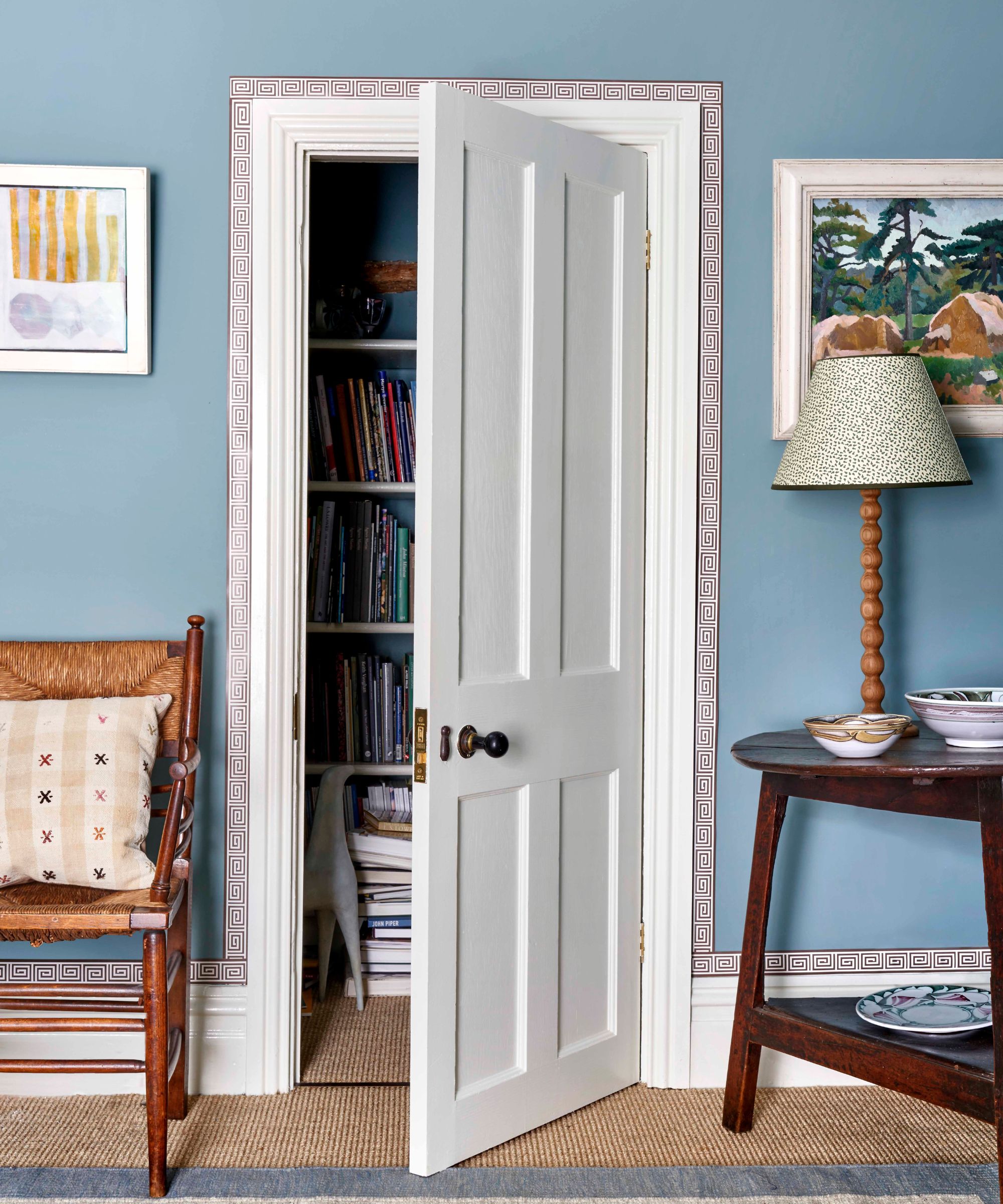
Anything you do not use now should be decluttered, as you likely won't use it in the new home, either.
It should go without saying, but one of the best ways organizers declutter to move is to tackle all the items that currently get in your way. You don’t want to start a new home on the wrong foot, after all. Working through some expert decluttering methods while you are in the process of pulling everything out can make unpacking and home organizing easier on future you.
Carrol explains, ‘Your home should be edited before the boxes come out. If you’re planning to let go of something at the new house, don’t bring it with you. Save time, space, and money by parting with it now.’
Regina adds, ‘Target items such as single socks, wire hangers, and broken ‘someday I’ll fix’ items. If you haven’t found the sock by now, chances are good that you never will. Similarly, if items haven’t fit, flattered, or been worn in two years, it’s costing you, emotionally and financially. Clothes are bulky and pricey to move.’
When moving the rest of your clothes, save time folding items by investing in wardrobe boxes from Walmart. You can hang your clothes on the existing hangers for easy transportation and unpacking.
6. Books
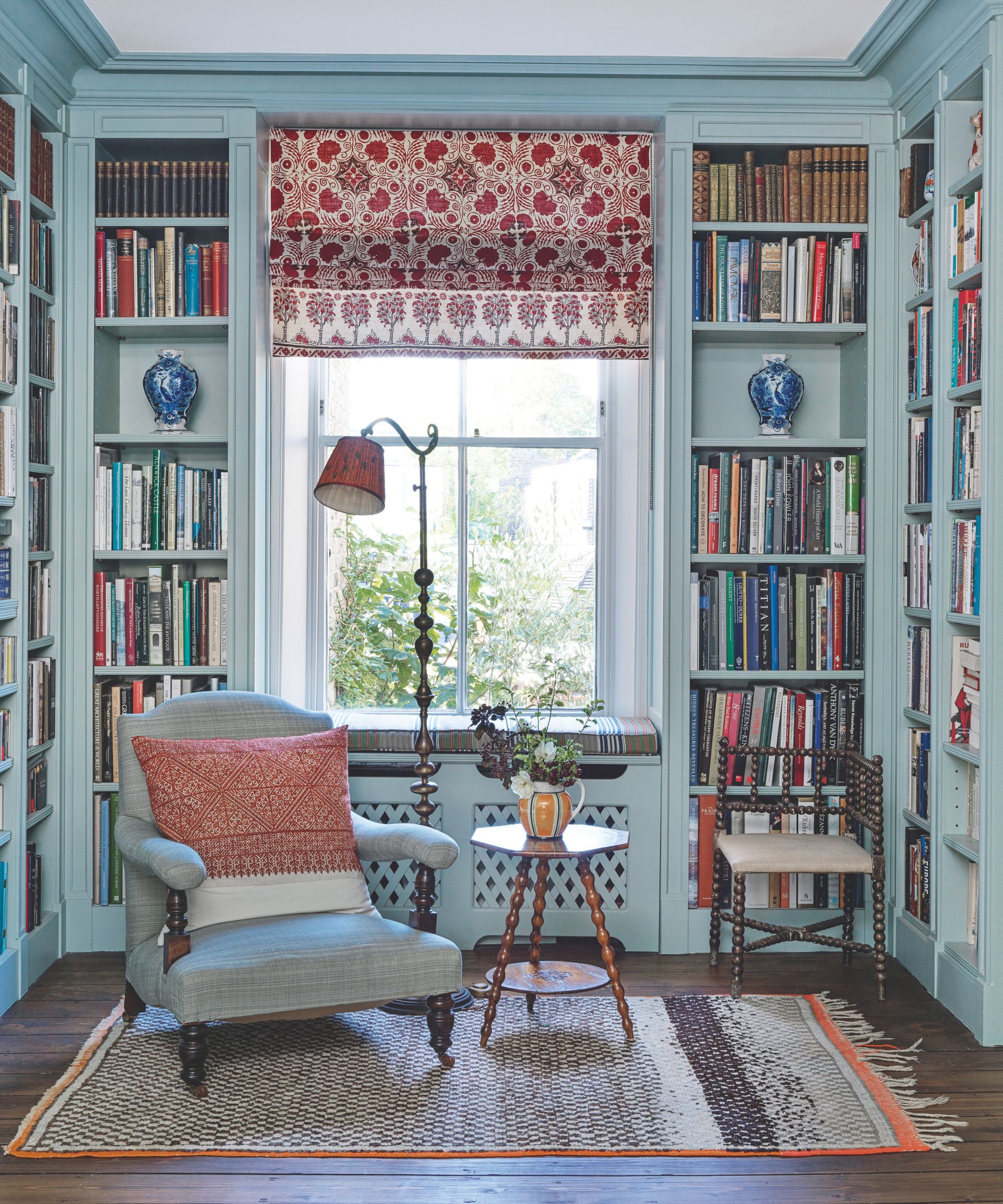
Like plants, books are expensive and difficult to move.
Another potentially controversial item you should never pack when moving is books. Regina asks, ‘Be honest: Are you going to read that textbook from the 1990s? Or all the self-help books on your nightstand? Books are heavy and add up quickly.’
When decluttering books, look for local libraries, schools, and second-hand stores that take donations.
7. Window coverings
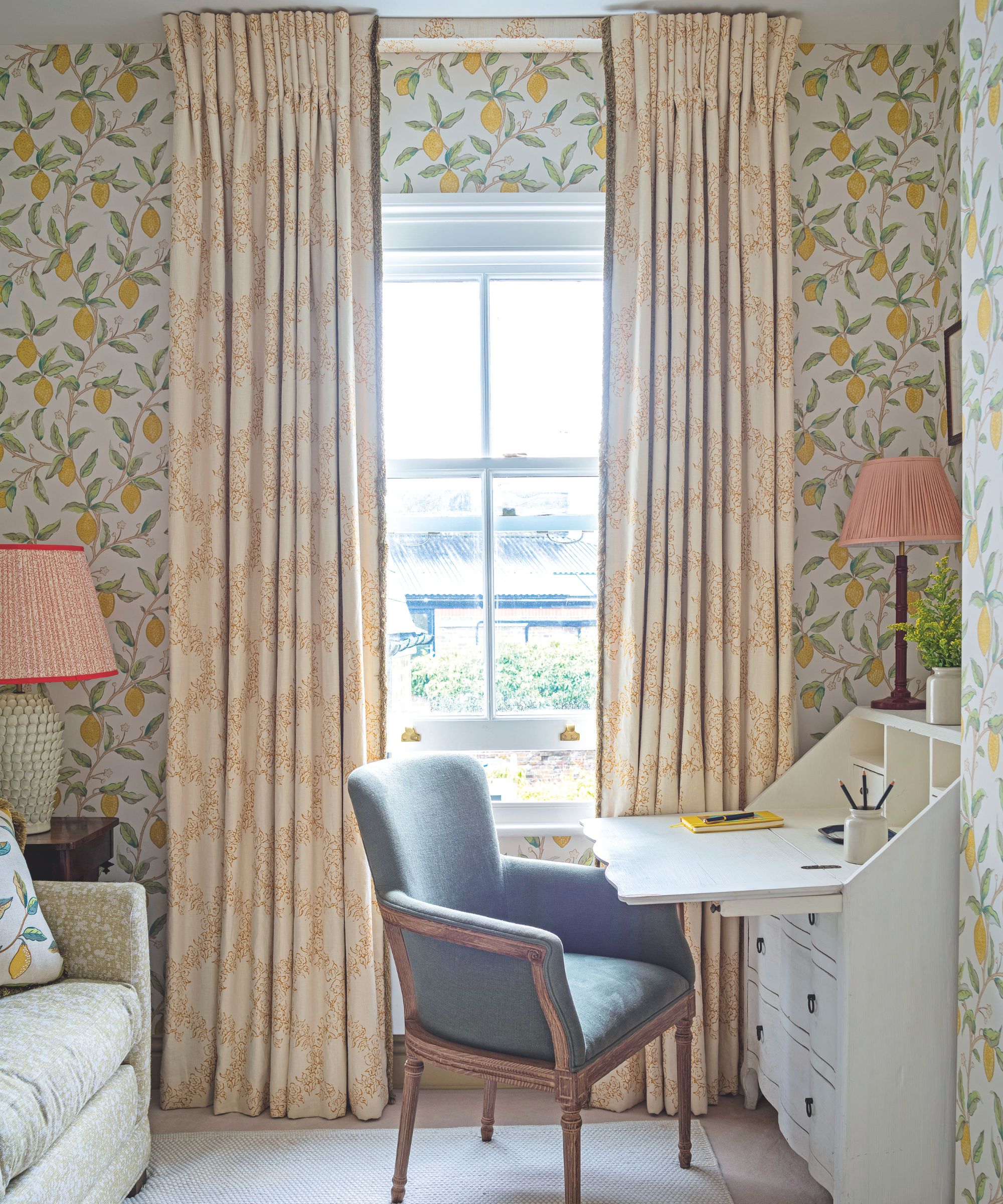
Consider buying new curtains that perfectly suit your new home.
There is a strong likelihood that the windows in your new home are not exactly the same as your current home. As such, Brenda Scott, home organizer and owner of Tidy My Space, says, ‘Leave your curtain ideas behind. If they fit the home that you're leaving, then leave them. If they're from a past reno, then donate them asap.’
8. Furniture that won’t fit
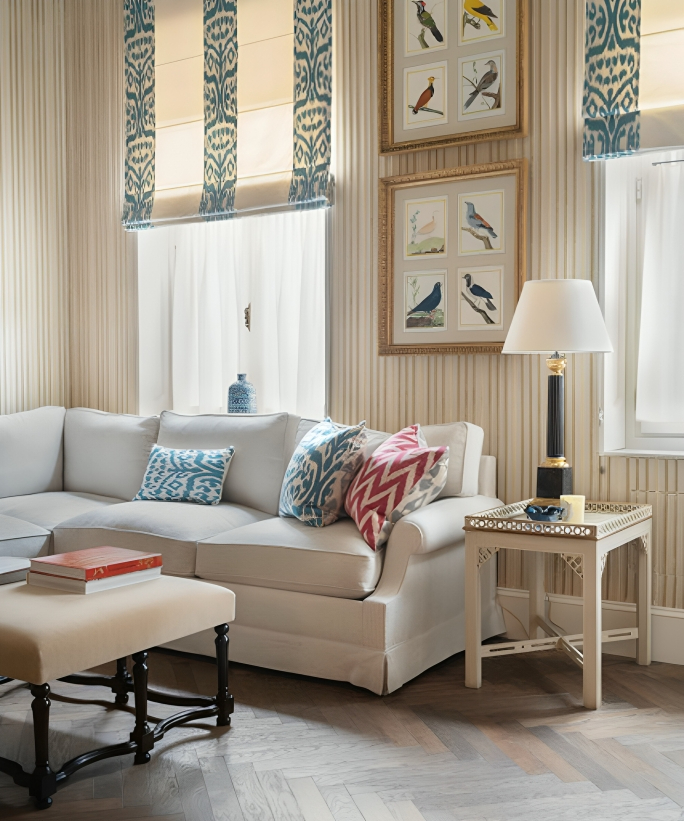
Sofas are often left behind to save on moving costs.
How much it costs to hire movers depends on how much stuff you are moving, and the types of things you are moving. Moving large and heavy furniture will add to the costs.
Brenda suggests, ‘Know what can fit into your new home. Space plan and decide what furniture goes where, and donate or sell any remaining items. Don't spend the cash to move them and then have to spend more money to have them removed. Totally a waste of time and money plus frustration.
‘This also goes for clothing and closets,’ she adds. ‘Know the size and capacity of the closets in your new home. How much can they hold without overcrowding? Do you have a linen closet? Do you have an entry closet for coats and boots? Is there a basement, attic, or garage that could be repurposed into storage? Space planning is essential.’
What to shop
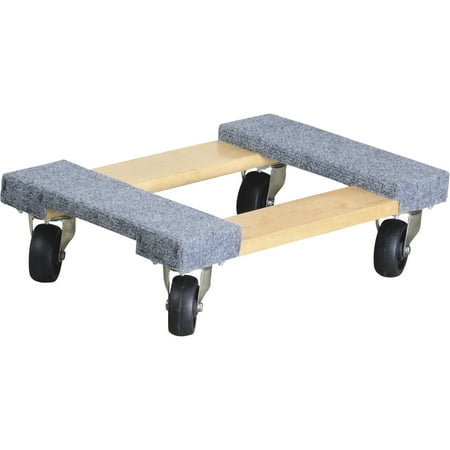
With a 1,000lb capacity, this moving dolly slots easily underneath pieces to make moving heavy furniture by yourself safe and simple.
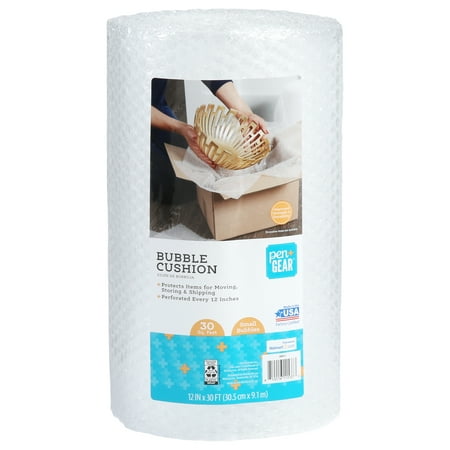
Keep you precious items and furniture protected from damage during a move by using bubble wrapping to secure them.
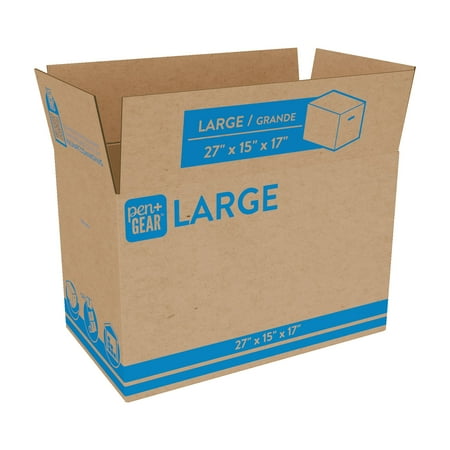
Designed for moving home, Walmart shoppers praise these boxes for being very sturdy and reasonably priced.
Meet the experts

Audra George has over 12 years of experience working in clients' homes. Her passion is to help others and to organize and help busy families get their spaces in order.
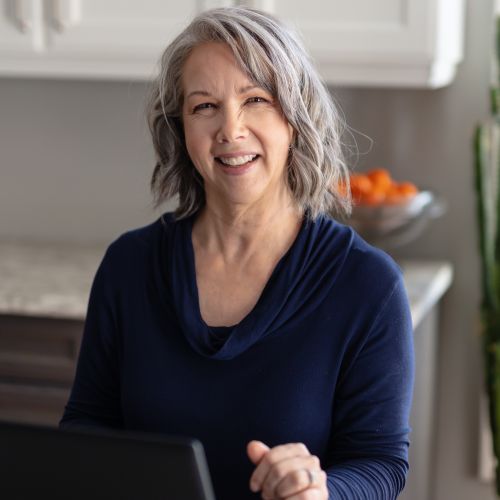
Brenda Scott is passionate about home organizing, decluttering, and creating a safe home. At Tidy My Space, she helps people to keep their homes tidy when life gets busy. Brenda shares useful tips and gives practical help with sorting and editing her clients' spaces, leading them to feel less stressed and bringing the luxury of time to be spent with family, friends, or on themselves.

Neatly & Co., founded by Carroll Cartwright in 2020, specializes in organizational design and crafting custom storage solutions for homes, offices, and beyond.

Dr. Regina Lark is an Organizing and Productivity Specialist based in Los Angeles. In 2008 she founded A Clear Path, Silk Touch Moves, and recently, Speaking of Clutter.
Need to leave more behind than you hoped to? Don’t worry, there are plenty of ways you can downsize without compromising on style or comfort.

Chiana has been at Homes & Gardens for two years and is our resident 'queen' of non-toxic living. She spends most of her time producing content for the Solved section of the website, helping readers get the most out of their homes through clever decluttering, cleaning, and tidying tips. She was named one of Fixr's top home improvement journalists in 2024.
You must confirm your public display name before commenting
Please logout and then login again, you will then be prompted to enter your display name.